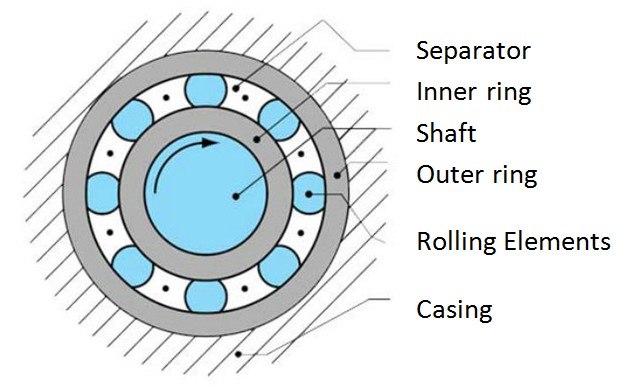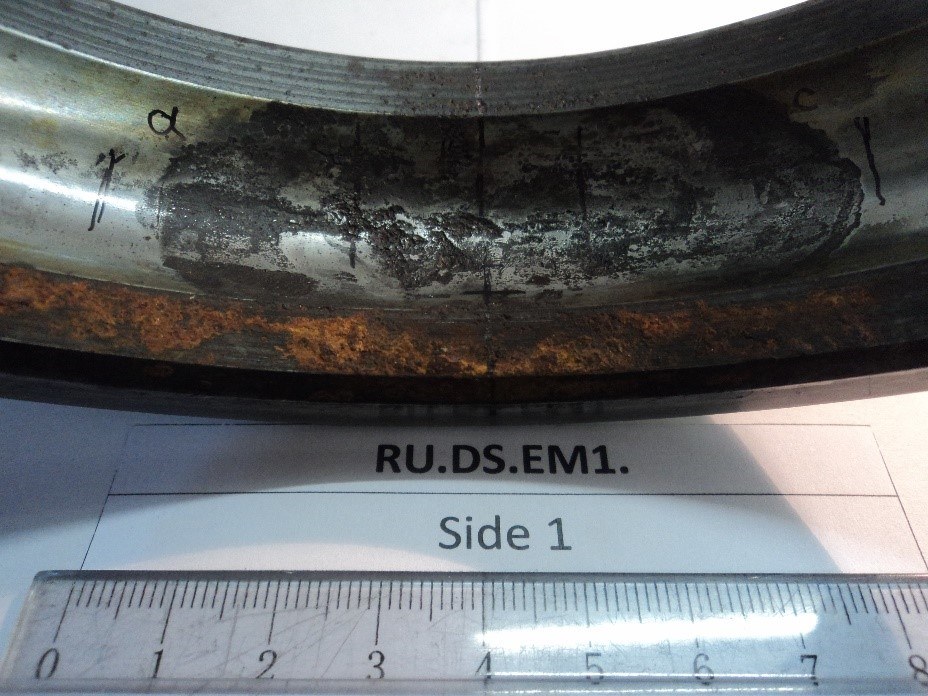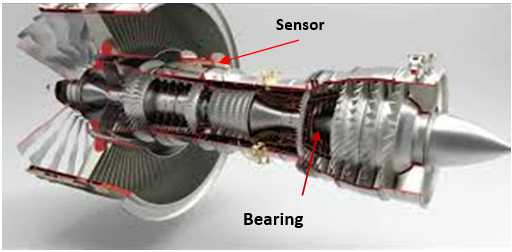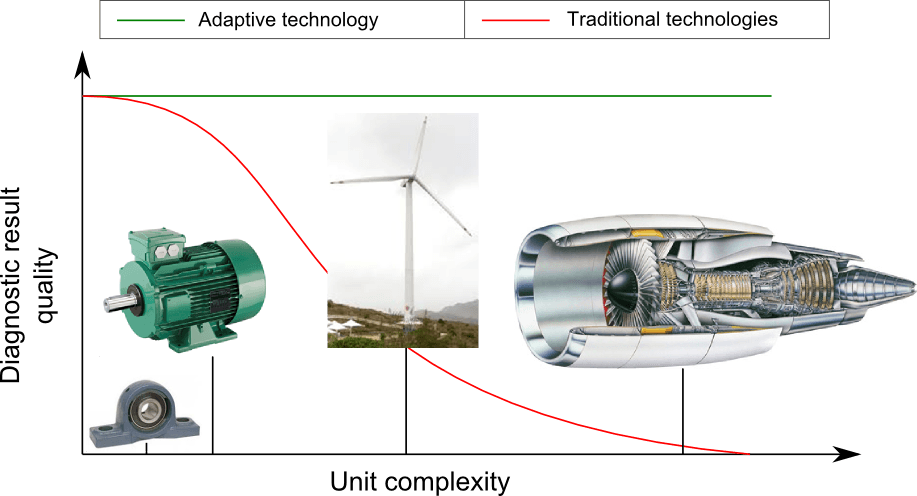One of the key elements of most machines is a rolling bearing.

Bearing condition largely determines the efficiency of both particular unit and the whole system. Bearing failure can result in major economic loss and compromise safety. Therefore, the earlier defects are identified the more time there will be to take adequate measures.

Vibration-based diagnostics methods have been used in the technical operation of many rotating machines for a long time. However, the existing methods provide acceptable results only under certain conditions:
If these conditions are not met, then the probability of a diagnostic error is too high. In practice, for most of the machines these conditions are not feasible. For example, the bearing of the wind turbine rotor is adjacent to a very "noisy" reducer; aerodynamic interactions interference in the gas turbine engine. The same is typical for transmissions and other complex machinery.
D and D Center has developed a new high resolution approach to the diagnostics of rolling bearings for sophisticated machinery.
The new technology was named adaptive, since it reflects the main advantage over existing methods - it is universal and has a common scale for most types of industrial bearings, thus being able to adapt to any type of machinery. Another important advantage is that the adaptive technology does not require the installation of a sensor in the vicinity of the bearing tested. This is especially true for modern aircraft engine in which there are powerful sources of vibration, such as other bearings, air flow, blades, gears, etc.

There is another advantage - thanks to the universal scale, there is no need to test bearing vibration of a specific object to consider its actual features of vibration formation and propagation. This considerably saves time and money.
Given these advantages, the adaptive technology compares favourably with traditional solutions when it comes to complex machines.

Our Center provides diagnostics of bearings
DID YOU KNOW ...
One of the first to introduce the idea of a rolling-element bearing was Leonardo Da Vinci.